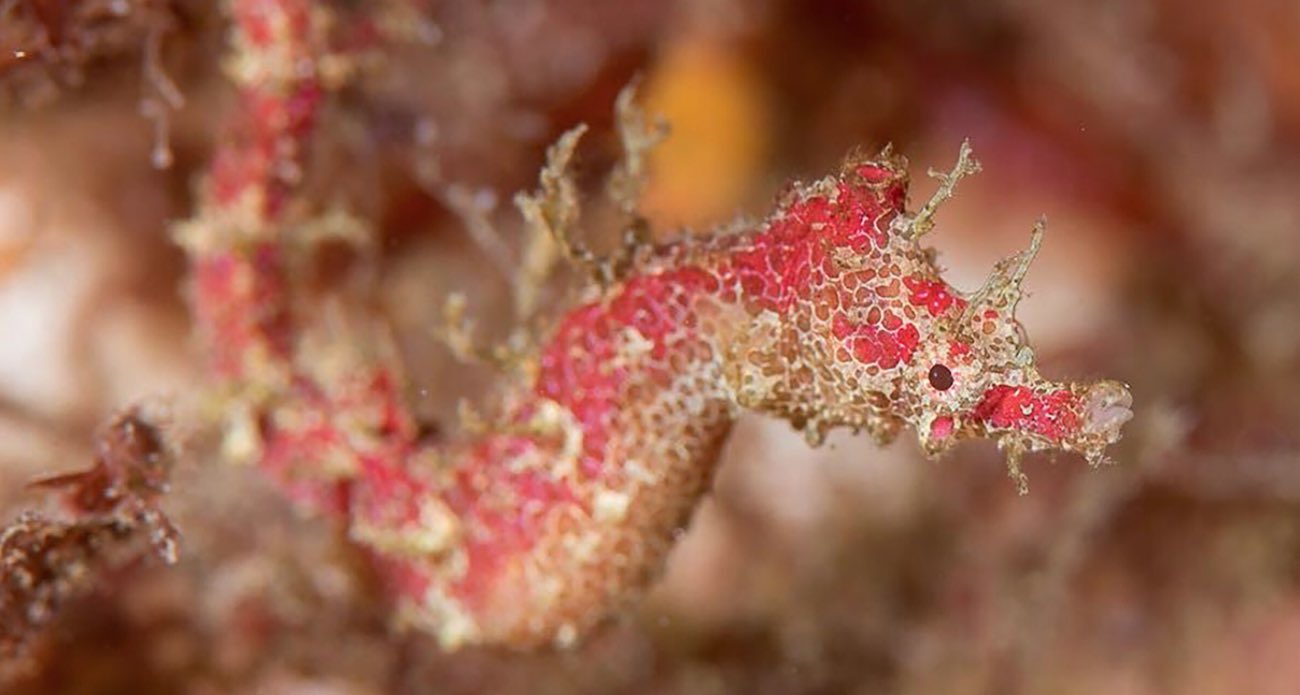From the lowland forests of Madagascar to Easter Island’s coral reefs, dozens of new flora and fauna were added to the scientific tree of life in 2021, proving that our vast and dynamic planet still contains unexplored places with never-before recorded plants and animals.
Researchers at the California Academy of Sciences announced the 70 new plant and animal species, including 14 beetles, 12 sea slugs, nine ants, seven fish, six scorpions, five sea stars, five flowering plants, four sharks, three spiders, two sea pens, one moss, one pygmy pipehorse, and one caecilian.
More than a dozen Academy scientists and several dozen international collaborators described the new species, which were discovered on five continents and three oceans.
Researchers sifted through forest floors, ventured into vast deserts, and dived to extreme ocean depths.
“Our relationship to nature improves with each new species, deepening our understanding of how our planet works,” said Dr. Shannon Bennett, Academy virologist and Chief of Science.
WATCH: The Adorable Moment a Baby Gorilla Born Prematurely is Reunited With its Family
Easter egg weevil
Among the new discovery was Pachyrhynchus obumanuvu, a brightly colored Easter egg weevil from the forested mountaintops of the Philippines.
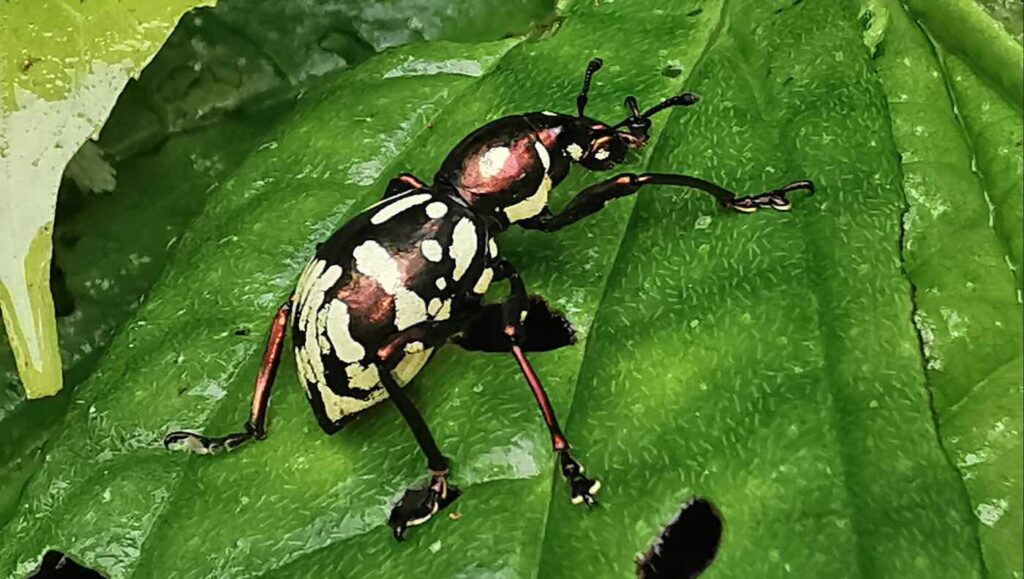
At 3,000 feet (914 meters) above sea level, the weevils live in the canopy of the moist, moss-covered cloud forest. Unlike most weevils, which tend to be a single color, P. obumanuvu boasts complex patterns of iridescent yellows and greens. Its coloration mimics the traditional garments of its namesake, the Indigenous Obu Manuvu tribe.
Dr. Cabras, who named the species, believes the power of a name can instill a sense of pride and stewardship for a species within a community.
“How can we teach conservation and wildlife regeneration if we can’t put a name to a face?”
P. obumanuvu was found in a small patch of primary forest – one of few remaining in the region due to centuries of farming and over-logging.
LOOK: Watch 2 Cats Experience Snow For the First Time – Adorably Shaking Their Paws With Each Step
Pink pygmy pipehorse
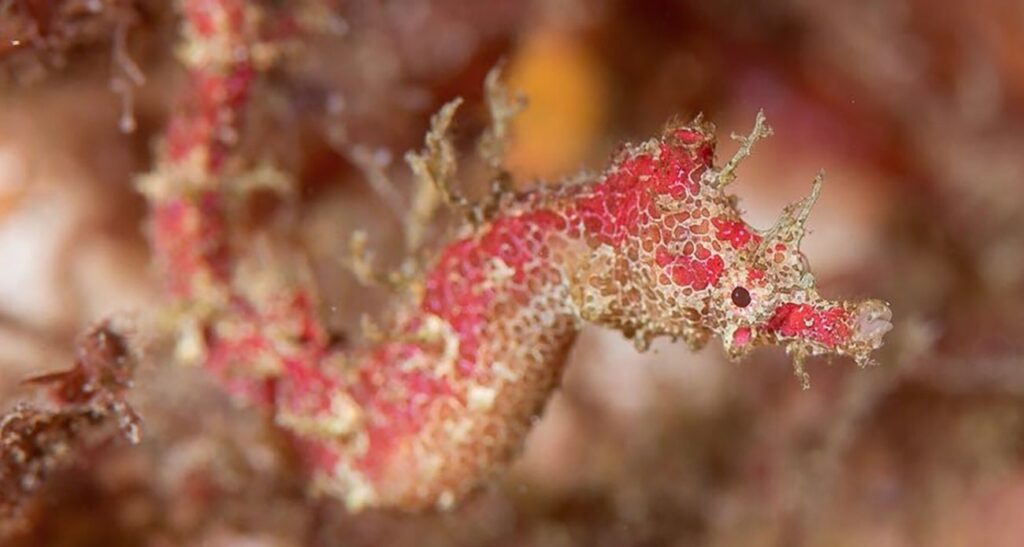
Cylix tupareomanaia, a new species of pygmy pipehorse and close cousin to seahorses, was the first new genus of pipehorse to be reported in New Zealand in 100 years.
Academy Research Associate Dr. Graham Short noted, “This discovery underscores how little we know about the reefs of New Zealand we’ve been exploring for centuries.
“If you dive a little deeper, I expect we’ll identify several more new species of fish.”
Blue-spotted guitarfish
Ichthyology Research Associate Dr. David Ebert described two blue-spotted guitarfish from Madagascar (Acroteriobatus andysabini) and Socotra (Acroteriobatus stehmanni).
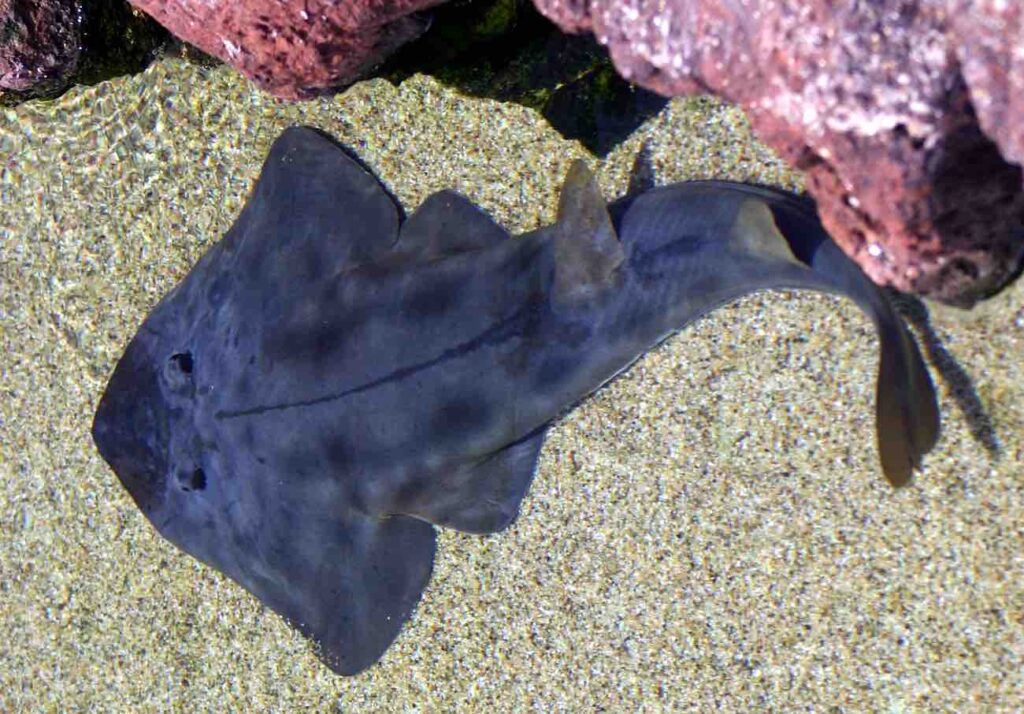
These are coastal rays with elongated bodies and flattened heads that resemble guitars.
Because of their close proximity to humans and ability to be easily fished, these shark-like rays are among the most endangered of all cartilaginous fish, a class that contains sharks, rays, and chimeras.
Dr. Ebert’s conclusion that there are in fact two distinct species has helped to spur Madagascar’s first national plan of action to protect sharks and rays.
RELATED: The Most Stunning Moments For Animals in 2021 Will Make You Cheer – and Love Them Even More
Collaborating with local fisheries to incorporate species identification in their practice, Dr Ebert is hopeful for harmony between guitarfish and the neighboring coastal communities they sustain.
‘Fire’ sea star
Over the past year, Invertebrate Zoology Research Associate Dr. Christopher Mah described five new-to-science echinoderms—a group of marine animals that includes sea stars, sea urchins, and sea cucumbers—from Easter Island and New Caledonia.
After careful examination of images from a remotely-operated vehicle and sea star specimens, Dr Mah described the Indo-Pacific sea star Uokeaster ahi.
POPULAR: Monarch Population Soars 4,900 Percent Since Last Year in Thrilling 2021 Western Migration
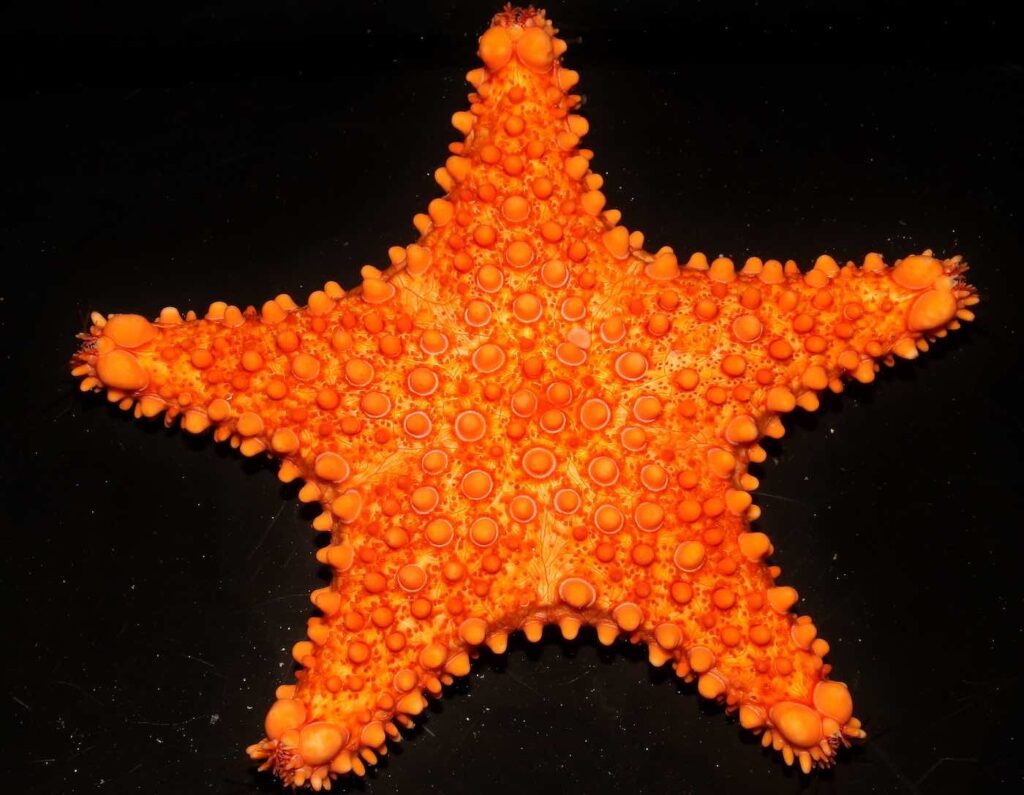
Setting the reef ablaze with its bright orange color, U. ahi is aptly named for its fiery hue—ahi, meaning ‘fire’ in the Rapa Nui language.
‘Uokeaster’ is derived from the mythological sea deity Uoke, who, according to legend, submerged the once-continental Rapa Nui beneath the sea, leaving only its tallest mountain peaks exposed. U. ahi resides in the reefs just beneath the surface.
Dr. Mah explained that sea stars are important contributors to healthy coral reefs. Remove them, and the ecosystem falls out of balance.
CHECK OUT: How To Help Hummingbirds During the Winter Months – Myths and Tips
“You never know what benefit will come of studying the unknown,” said Mah. “Whether that’s a tangible benefit like an anti-cancer drug or an ecological benefit in protecting coral reefs.”
SHARE This Shiny Good News With Nature Lovers on Social Media…




















